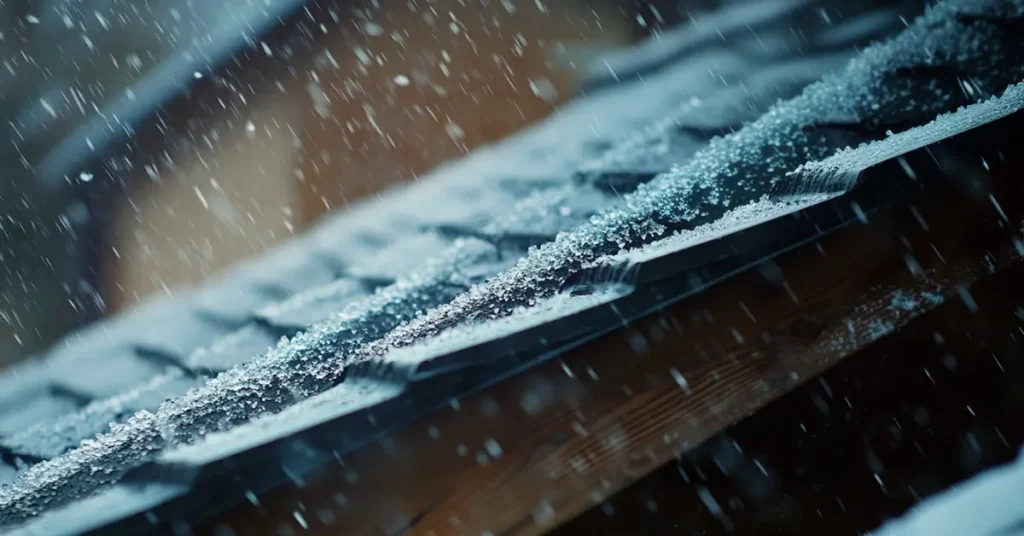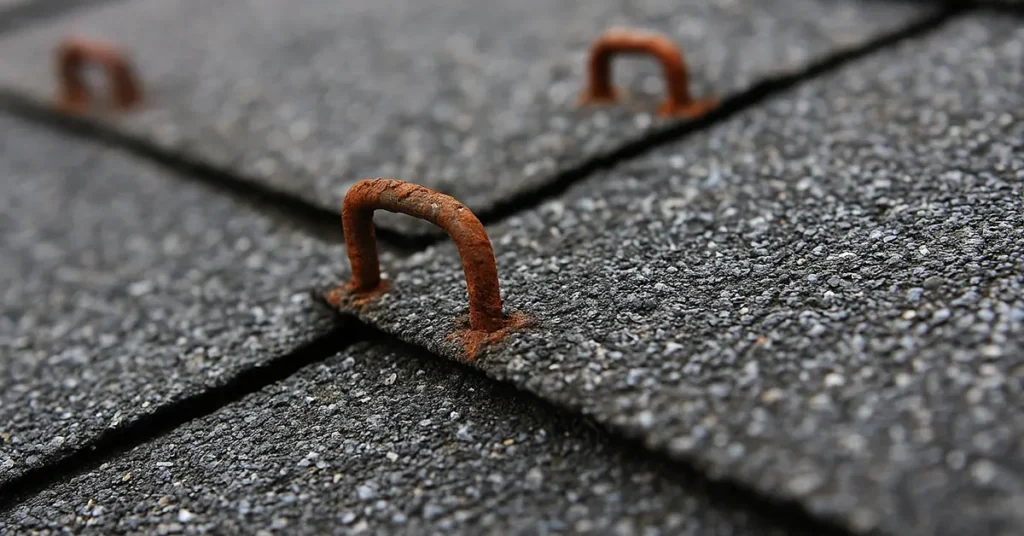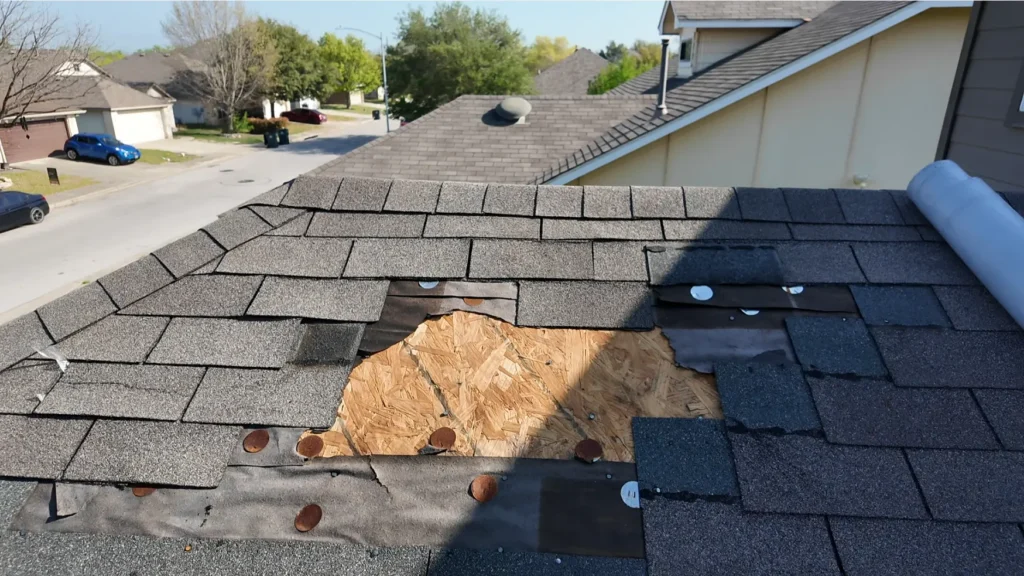Texas weather is as unpredictable as it is intense, especially when storm season rolls around. Between heavy rains, strong winds, and the occasional hailstorm, Texas homeowners know that their roofs take a serious beating. But the good news? You can protect your roof and home before storm season hits, saving you from costly repairs and ensuring your house stays safe and dry.
In this comprehensive guide, we’ll walk you through the key steps to prepare your roof for Texas storm season. Whether it’s a simple maintenance check or a full-on roof upgrade, these tips will help you weather any storm that comes your way.
Why Preparing Your Roof for Texas Storms Is Crucial
Before we dive into the nitty-gritty, let’s talk about why it’s so important to prepare your roof specifically for Texas storms. The Lone Star State is home to some of the most intense weather patterns in the country, and your roof is the first line of defense.
Severe Winds and Hurricanes
While hurricanes mostly hit the Texas coast, the strong winds from these storms can reach far inland. Gusts over 60 mph can rip off shingles, tear through gutters, and even cause structural damage to your roof if it’s not adequately prepared.
Heavy Rainfall and Flooding
Texas storms often bring torrential downpours, leading to roof leaks, water damage, and mold growth if water finds its way inside. Ensuring your roof is watertight is key to avoiding expensive interior repairs.
Hailstorms
Hail is a common occurrence in Texas during the spring and summer storm seasons. Large hailstones can dent, crack, and even puncture roofing materials. A roof that’s ready for hail will last longer and protect your home from sudden damage.
Conduct a Thorough Roof Inspection: Don’t Skip This Critical Step
The first step in preparing your roof for storm season is a detailed roof inspection. Catching minor issues before they escalate can save you from massive headaches (and repair bills) down the line. You can either do this yourself or hire a professional roofing contractor in Austin, but here’s what to look for:
Check for Loose or Missing Shingles
One of the first signs of roof vulnerability is loose, curled, or missing shingles. During a storm, strong winds can easily catch these weak spots, causing further damage or leading to leaks. If you notice shingles that look out of place, it’s time to have them repaired or replaced.
Inspect Flashing Around Roof Penetrations
Flashing is the material installed around chimneys, vents, and skylights to prevent water from seeping in. Over time, flashing can become loose or corroded, leaving gaps where water can enter. Inspect the flashing carefully and ensure it’s secure and in good condition.
Look for Sagging or Dips in the Roofline
Sagging in your roofline can indicate serious structural problems. A roof that’s not structurally sound is more likely to collapse under the weight of heavy rain or debris. If you notice any uneven areas, contact a roofing professional immediately.
Check Gutters and Downspouts
Your gutters play a crucial role in directing water away from your home. Clogged, damaged, or improperly installed gutters can lead to water pooling on your roof or near your foundation, causing leaks or foundation damage. Make sure your gutters are clean, free of debris, and securely fastened.
Reinforce Vulnerable Areas: Storm-Proof Your Roof Before It’s Too Late
After conducting a thorough inspection, it’s time to reinforce your roof in areas that are particularly vulnerable to Texas storms. This will significantly reduce the risk of damage during heavy weather.
Install Impact-Resistant Shingles
Standard shingles are fine for everyday weather, but they often can’t stand up to the hailstorms Texas is known for. If you live in an area prone to hail, consider upgrading to impact-resistant shingles. These shingles are designed to withstand the force of hailstones and minimize damage, keeping your roof intact.
Seal and Secure Flashing
If you noticed any issues with the flashing during your inspection, now’s the time to seal and secure it properly. Use high-quality roofing cement to fill any gaps and ensure the flashing is tightly adhered to the roof. This will help prevent water from sneaking in during heavy rain.
Reinforce Roof Decking
If your roof decking (the wooden foundation beneath your shingles) is weak, it’s more likely to buckle under the pressure of high winds or heavy debris. Consider reinforcing it with extra nails or even upgrading to hurricane clips, which help keep the roof attached to the structure during high winds.
Consider Installing a Metal Roof
For a more permanent solution, you might want to look into metal roofing, which is highly durable and storm-resistant. Metal roofs can withstand winds up to 140 mph and are extremely resistant to hail damage. While the upfront cost is higher, a metal roof can save you money in repairs and provide long-lasting protection.
Clean and Maintain Gutters: Prevent Water Damage Before It Starts
Your roof and gutters work together to keep your home dry, so it’s essential to keep them in good shape, especially during storm season. A neglected gutter system can lead to serious water damage, and it’s one of the easiest areas to overlook.
Clear Out Debris Regularly
Leaves, twigs, and dirt can quickly clog your gutters, especially after a storm. Clogged gutters prevent water from flowing away from your roof, causing it to pool and potentially leak into your home. Clear out your gutters at least twice a year, and more frequently during storm season.
Install Gutter Guards
Gutter guards can prevent debris from accumulating in the first place, allowing water to flow freely and reducing the need for constant cleaning. If you live in a heavily wooded area or experience frequent storms, gutter guards are a wise investment.
Check for Leaks and Rust
Inspect your gutters for any signs of rust, leaks, or sagging. Even small leaks can lead to water damage if left unchecked, and rust weakens the integrity of the gutters. Replace any damaged sections and ensure the entire system is securely fastened to your home.
Trim Trees and Remove Debris: Eliminate Potential Hazards
One of the easiest and most effective ways to protect your roof during storm season is by trimming nearby trees. Falling branches are one of the most common causes of roof damage during a storm, and taking preventive measures can save you a lot of trouble.
Trim Back Overhanging Branches
If you have trees near your home, make sure to trim back any branches that hang over your roof. During a storm, these branches can break off and cause severe damage to your roof, gutters, and even windows. Keep branches at least 6 feet away from your home to minimize risk.
Remove Dead or Dying Trees
Dead trees are especially vulnerable during storms, as their branches are more likely to snap and fall onto your home. If you have any dead or diseased trees on your property, it’s best to have them removed by a professional before storm season hits.
Clear Debris From Your Roof and Yard
After trimming trees, make sure to clear any debris from your roof and yard. Loose twigs, branches, and leaves can clog gutters and cause water to back up onto your roof. Keeping your property clean and tidy will reduce the chances of this happening.
In Summary: Protecting Your Roof Before the Storm Is Your Best Defense
Texas storm season can be fierce, but with the right preparation, your roof can stand up to the challenge. By following these steps—conducting thorough inspections, reinforcing vulnerable areas, maintaining your gutters, and trimming trees—you can minimize the risk of damage and keep your home safe.
Don’t wait until it’s too late! Reach out to Austin Roof Damage for a comprehensive roof inspection and storm-proofing services. We’re here to help Austin homeowners protect their roofs and stay safe during Texas’s unpredictable storm seasons.







